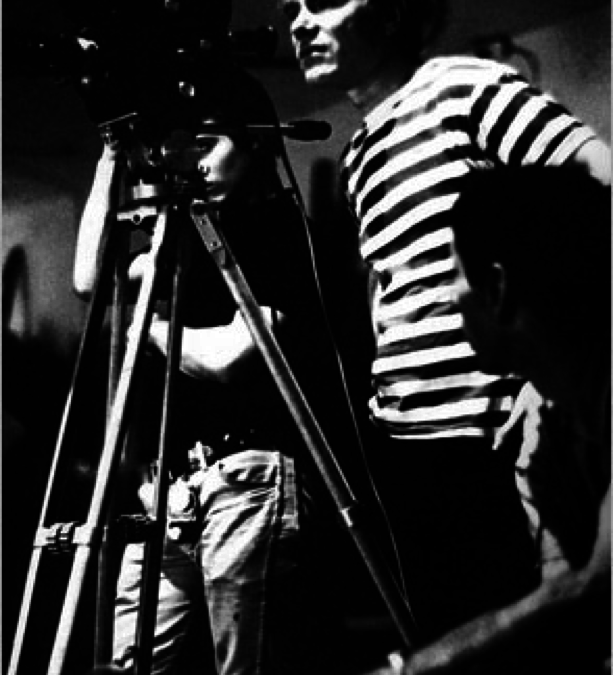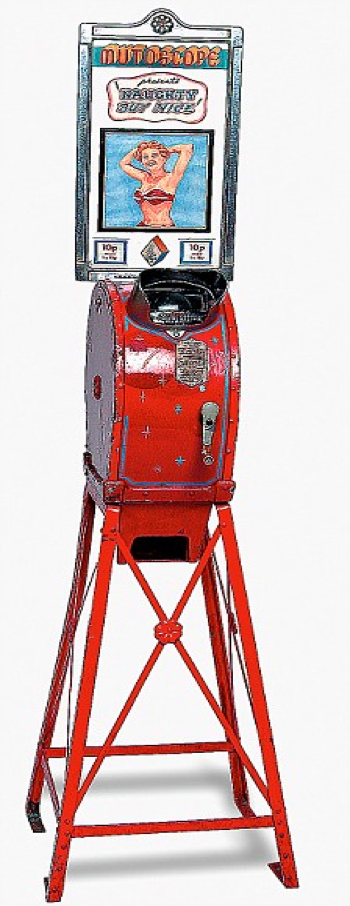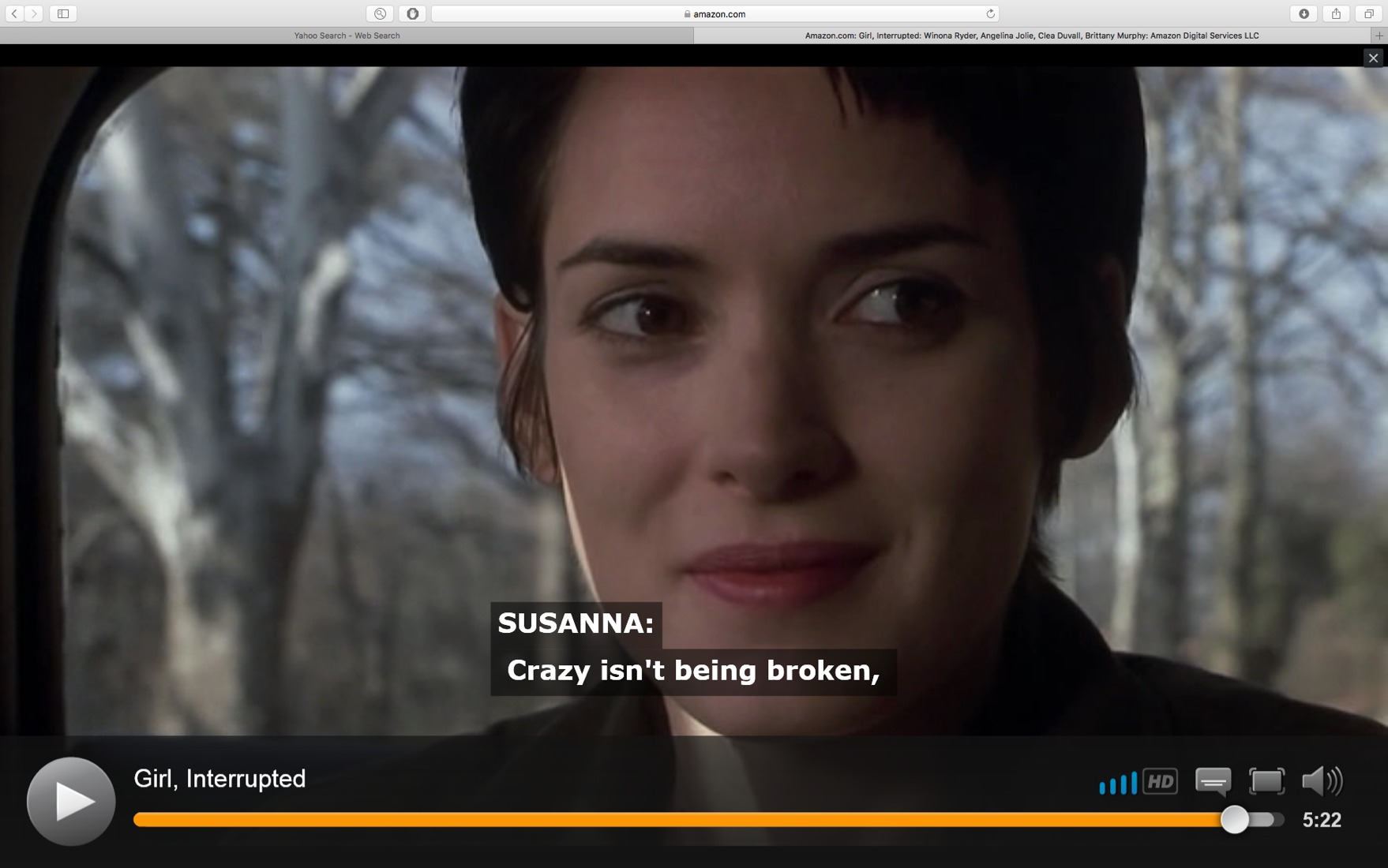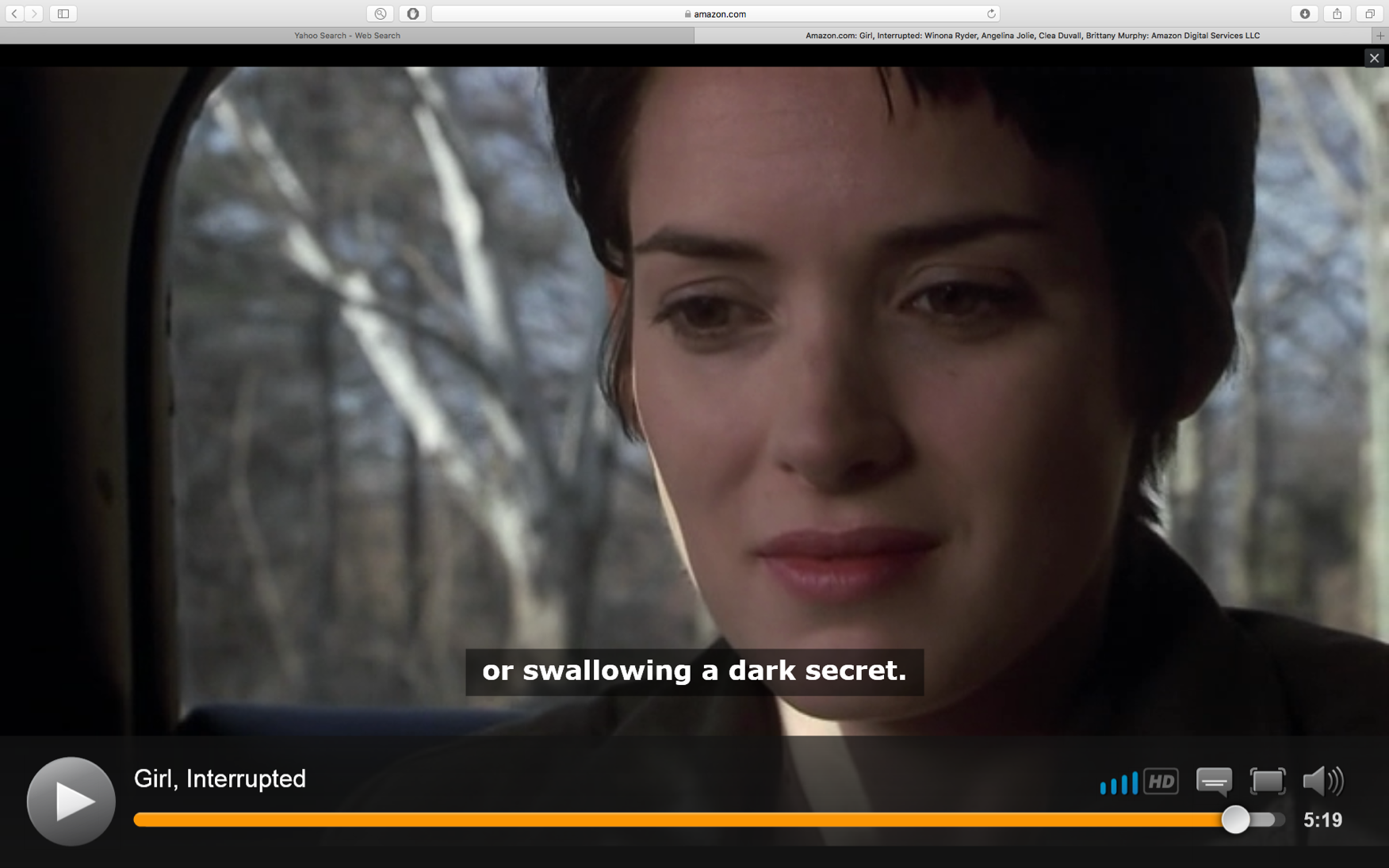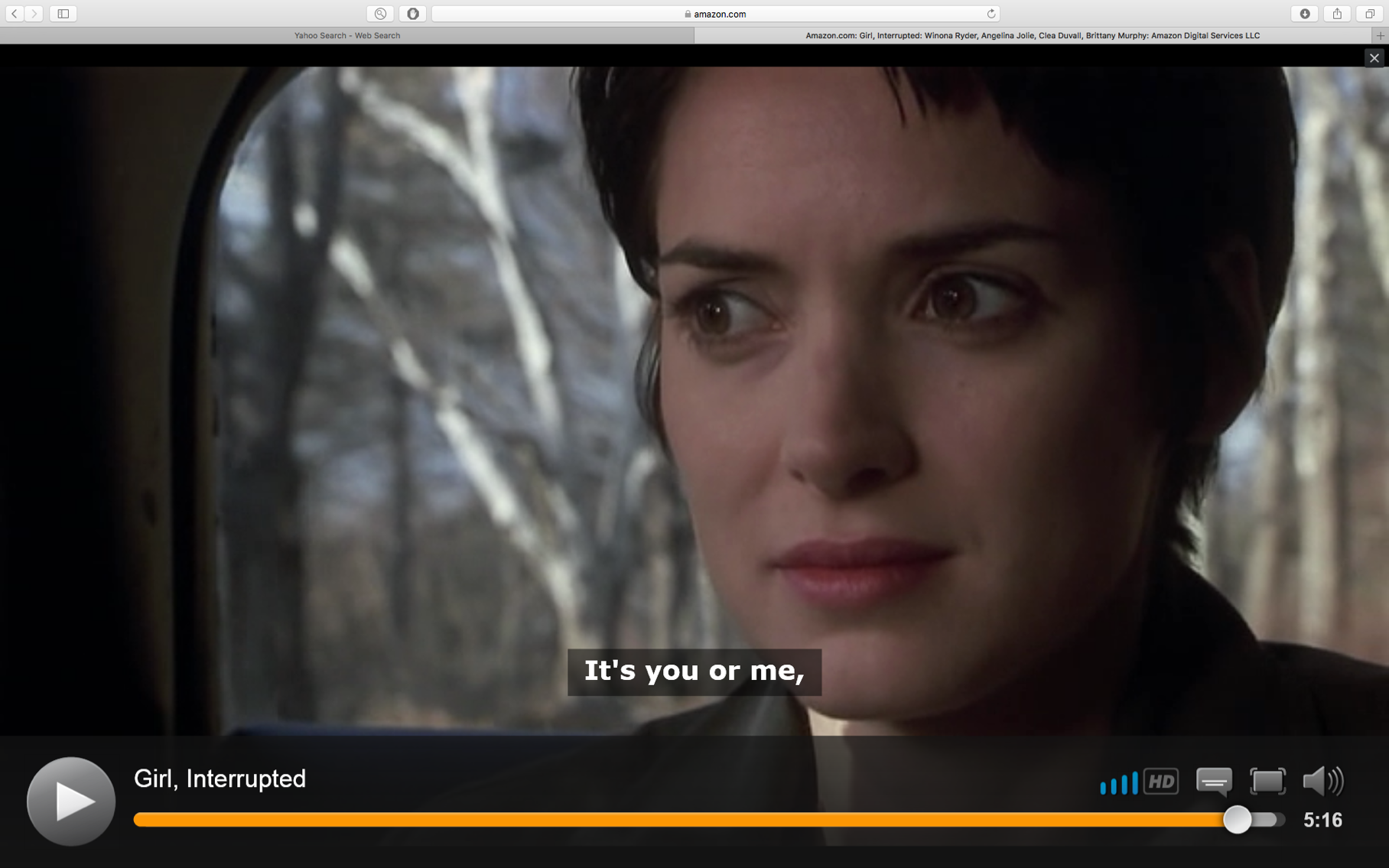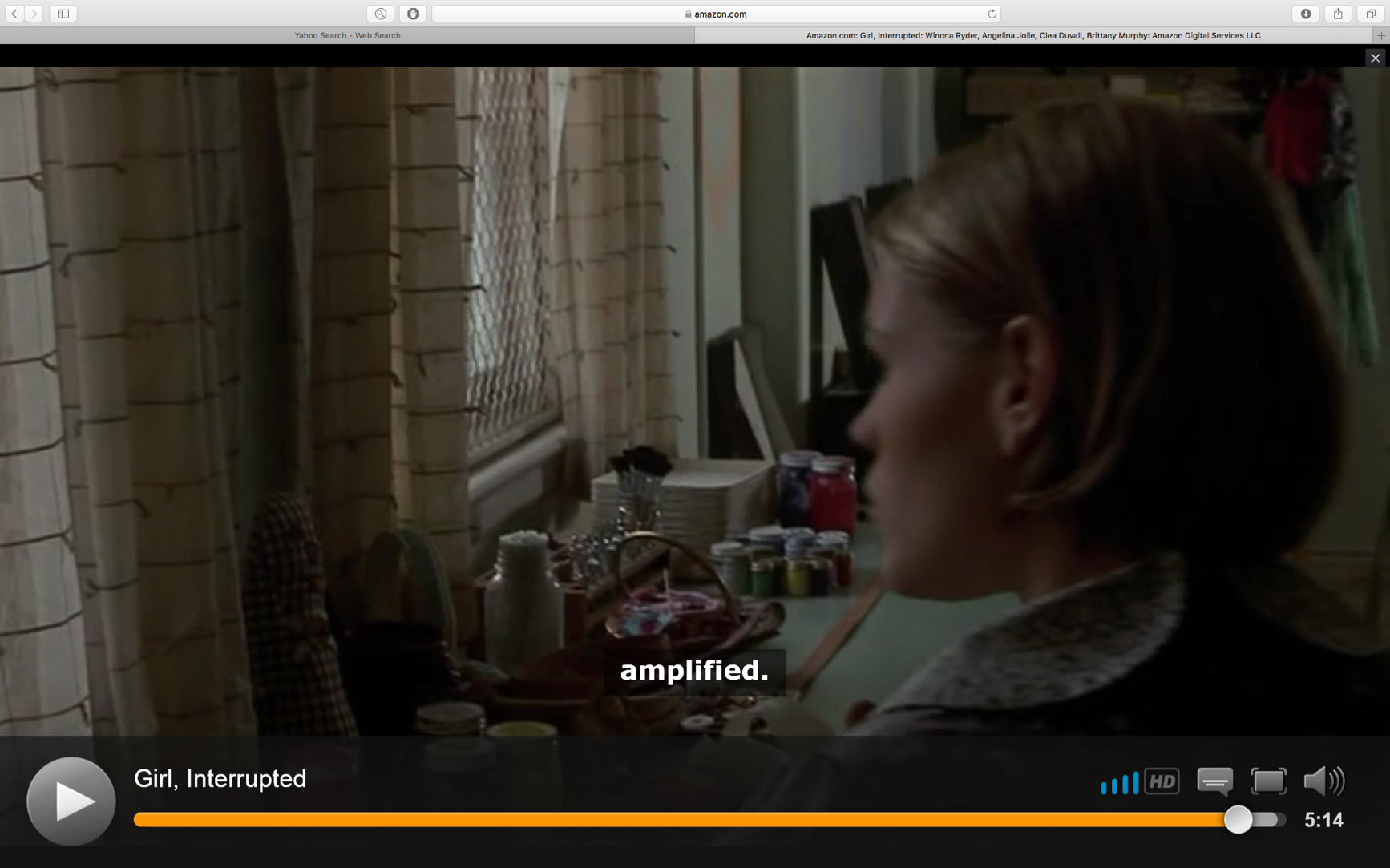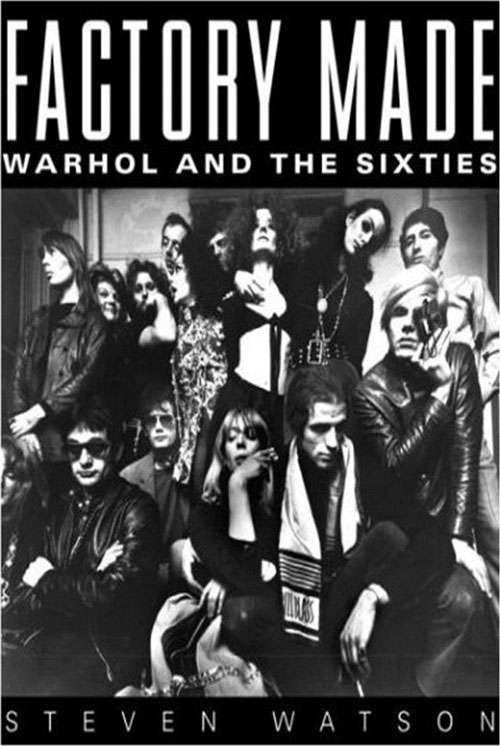
Ronald Tavel writes about the experience of having Andy Warhol transmogrify his script, Hedy, into a Factory production.
He characterizes his script as “the celluloid saga with which I protested the taking of the actress into custody” (259).
His “protest,” however, sends mixed signals that, transmitted through the artistry of Andy Warhol, frequency hop through issues like gender [bending] and the problematic nature of biographical enterprises.
While the critique here of the Hollywood image machine is spot on, Warhol’s collaboration with the scriptwriter ultimately adds up to nothing less than a hit job on your character.
While he briefly acknowledges her guidance system patent in his introduction, it is apparently not worthy of being included in his script: Her invention “making thereby the myth of the lovely lady scientist in the patriotic and sci-fi pics of her day a reality” (259).

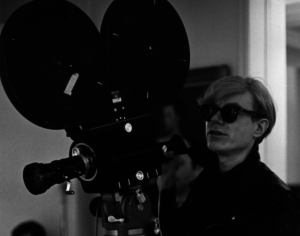
Some Myth! “When I came back in 1966, (Warhol) was definitely behind the camera in ‘Hedy’ and it’s what I think makes it one of the outstanding films that we did together. Because finally the master took over and we could see his eye behind the camera.”
“Hedy is filmed in the traditional Warhol style of 1965. Black and white film is used. The microphone on the camera is used and the sound is horrendous, much of the dialogue is indiscernible much of the time.”
It begins with a close-up, magnified zoom of a face being examined after a plastic surgery operation, a distortion technique Warhol has apparently borrowed from the director of Ecstasy!
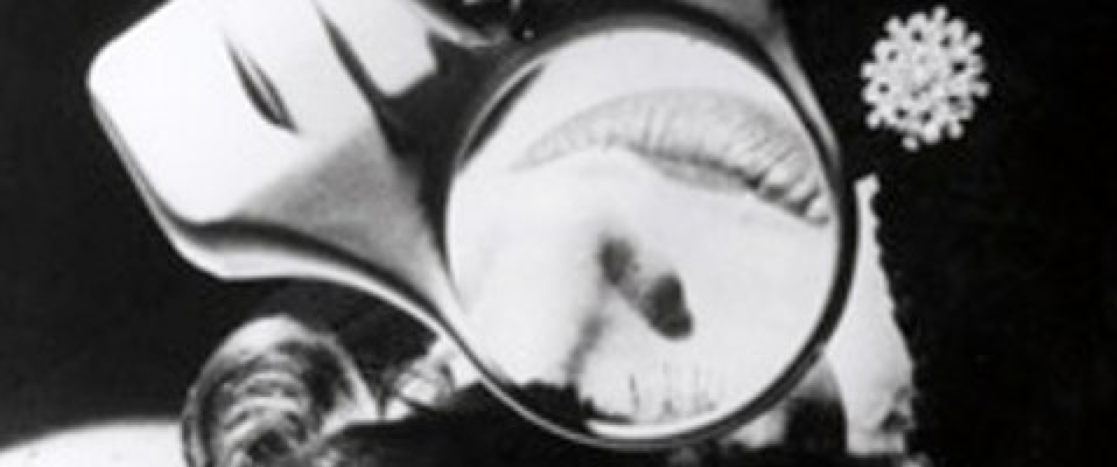

Other distortions follow:
“But the bigger insult to the viewer is the soundtrack which once again features Velvet Underground ‘noise’ and feedback stings which are pumped up at the most inopportune times during the proceedings.”
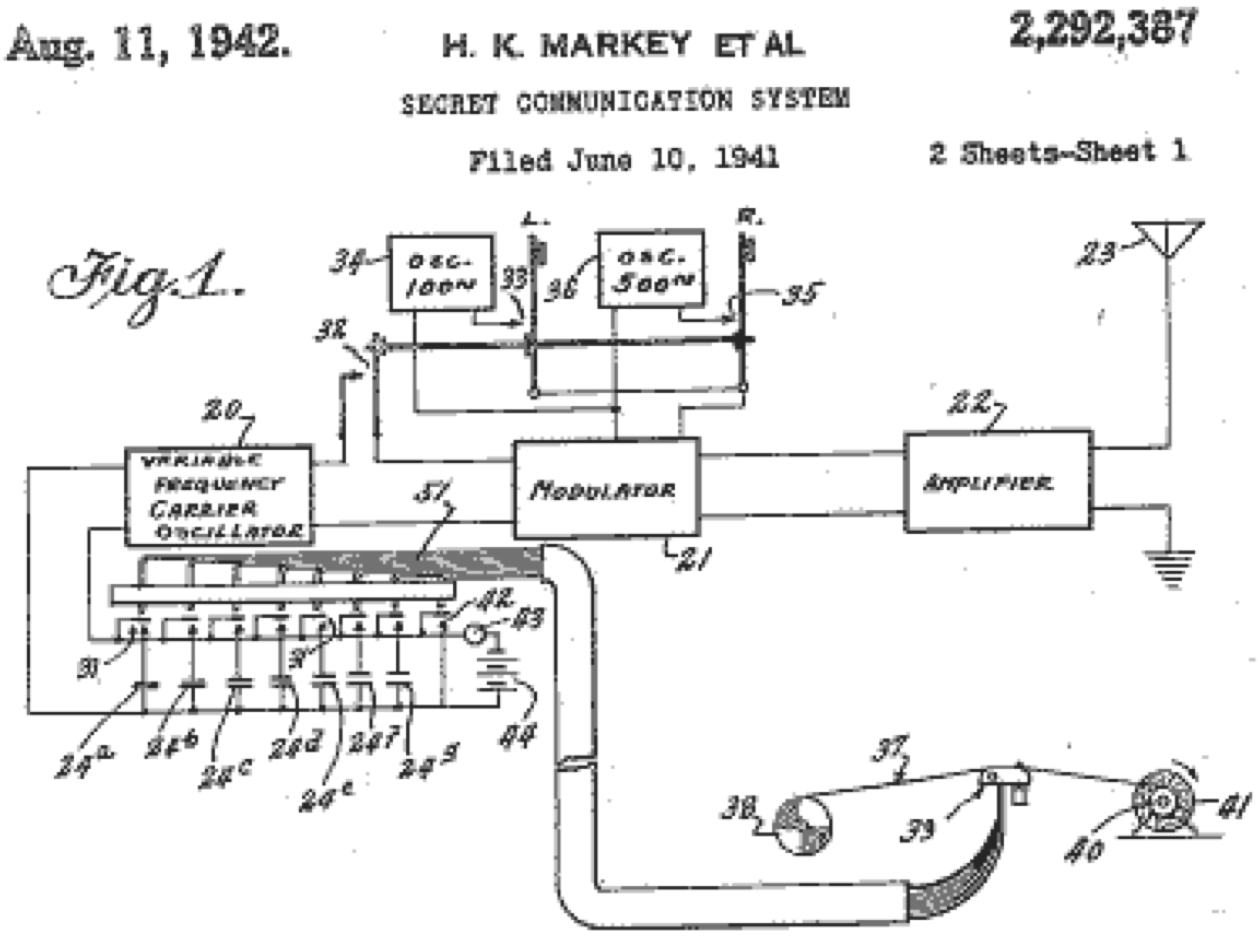
Unlike your Secret Communication System, there is no set-up for detecting false signals:
“It will be noted that whereas there are seven tuning condensers at the transmitting station, there are only four tuning condensers at the receiving station. The extra three tuning condensers at the transmitting station provide three additional channels for the transmitter for which there are no corresponding channels at the receiver, to thereby permit the sending of false impulses to confuse the enemy.”
“This was the second moving camera film… and I hated it when I first saw it because it came very close to destroying my script, the way he moved the camera, but I loved it for what he did. Because I’d never seen that sort of thing before… Well, I was just wiped out. I said ‘this is just like something else. Beautiful. Horrible in terms of the script…’”

It wasn’t the only instance of Warhol being careless with a script:
Valerie “left the script [of ’Up Your Ass’] with Warhol, and then it disappeared, like so much else, into the general Factory clutter. This would have disastrous consequences later, as Valerie, in the grip of increasing paranoia, became convinced that Warhol had stolen the play” (Harronxviii).
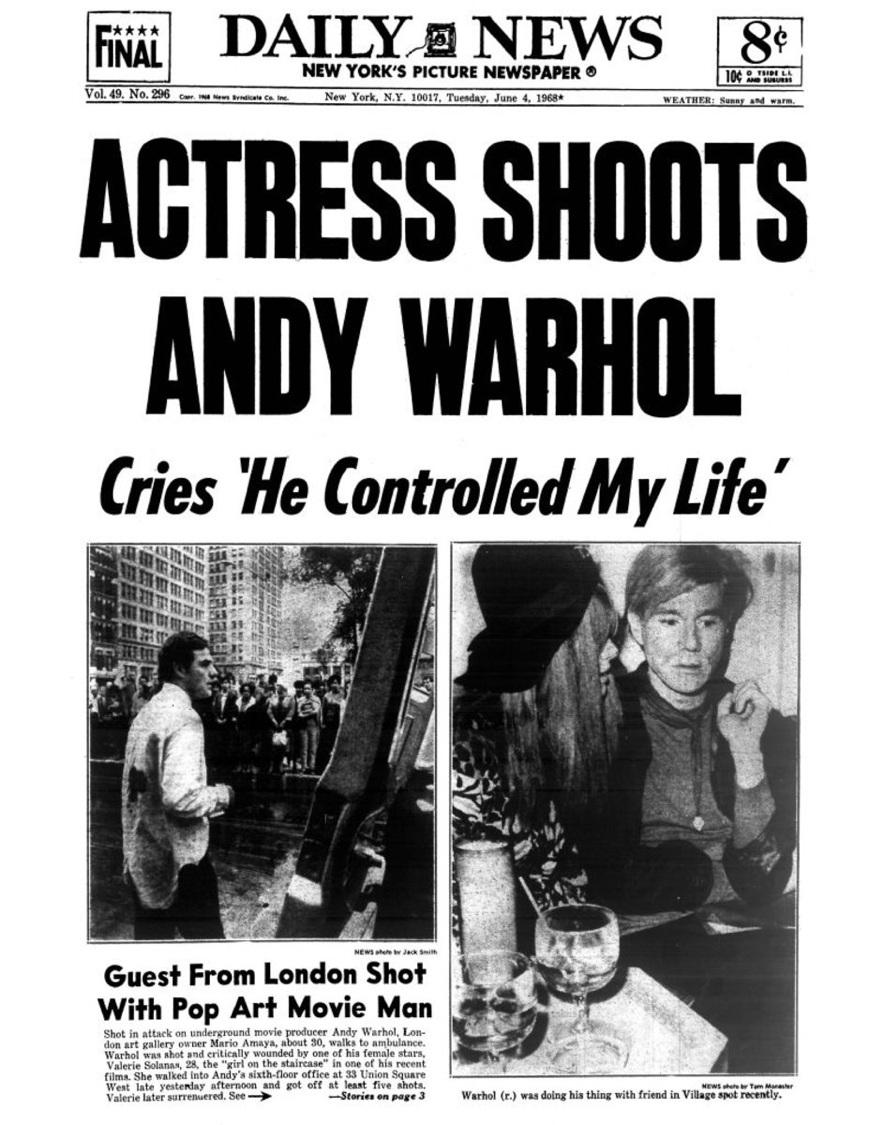
“What is most interesting about ‘Hedy’ is the way the camera is used. Warhol pans, tilts, and zooms almost continuously through the film after beginning each reel with a long, continuous static shot.”

“As the action would move toward its most dramatic… the camera eye would move away.
The camera eye would become bored with the action, with the story… and would begin to explore the ceiling of the factory.”
“Even quick zooms in and out and bored pans around the factory cannot engage us as viewers.”
Perhaps the film gets better…
